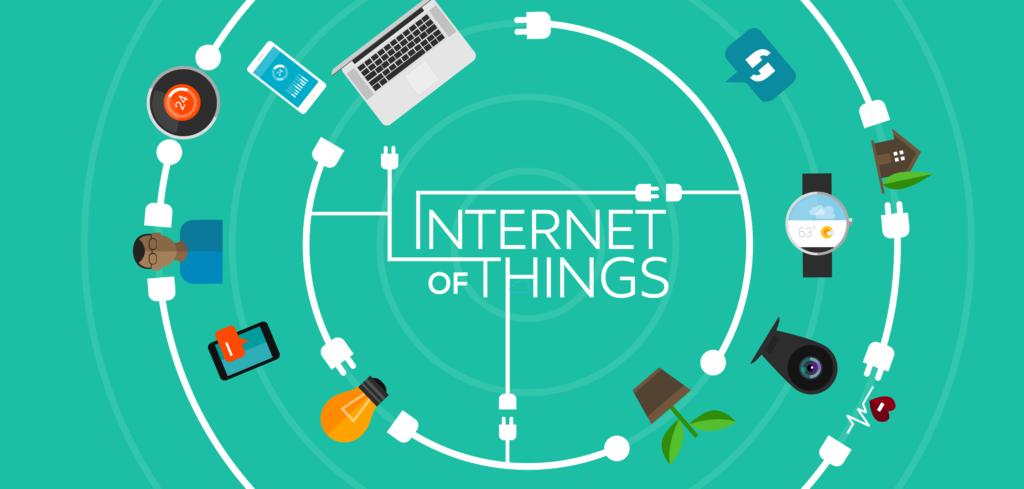 World-leading organisations are embarking on Internet of Things (IoT) initiatives that focus less on the underlying sensors, devices and ‘smart’ things, says Joseph Chu of Deloitte China, and more on developing the ecosystem of data management, infrastructure development and creating brand new business models. Meanwhile, he says, others are developing human-impact cases, with a view to boosting agricultural production, cutting pollution and transforming health services.
World-leading organisations are embarking on Internet of Things (IoT) initiatives that focus less on the underlying sensors, devices and ‘smart’ things, says Joseph Chu of Deloitte China, and more on developing the ecosystem of data management, infrastructure development and creating brand new business models. Meanwhile, he says, others are developing human-impact cases, with a view to boosting agricultural production, cutting pollution and transforming health services.
The IoT has grown rapidly in the Chinese market over recent years. Featuring a world-leading rate of technology adoption, and with Baidu, Alibaba, and Tencent (BAT) leading the way, the IoT has taken China by storm. From wearables to machine tools, from extension cords to vehicles, rapidly increasing numbers of devices are being embedded with sensors and tracked. Gartner, Inc. forecasts that 6.4 billion connected things will be in use worldwide in 2016, up 30 per cent from 2015, and that the number will reach 20.8 billion by 2020.[1]
The value created by the IoT lies in the data it generates. The sheer magnitude of data growth arising from all connected devices is mind-boggling. Once-familiar terms such as Gigabyte, Terabyte and Petabyte are being replaced by Exabyte, Zettabyte, and even Yottabyte. To explore the full potential of this massive data generation, companies should start small, plan big and scale fast. Strategically deployed analytic efforts that help organisations to transform the IoT’s digital data into useful insights should be the priority for any IoT organisation. Such data insights can be used to develop new products, offerings and business models that expand beyond the traditional scope of business, and to help corporate leaders and decision-makers gain an ever-clearer understanding of their customers, products and markets.
Analytics has become a key topic on the agendas of most companies’ IT meetings. In our 2015 Global CIO Survey, which polled 1,200 IT executives, respondents identified analytics as both a top investment priority and the IT investment that would deliver the greatest business impact. In a similar survey of a broader executive audience, 59 per cent of participants either included data and analytics among the top five issues or considered it the single most important way to gain a competitive advantage.
While both public and private organisations are taking steps to implement the IoT’s component parts, such as sensors, software and connectivity, most of them are still at the initial stage of passive monitoring of operational data. Many enterprises have unused IoT infrastructure as a result of following the concept of ‘start big and finish bigger’. While there is nothing wrong with starting big, companies often start too big and end up getting lost. With few detailed use cases, the sheer number of IoT possibilities makes it difficult to scope initiatives properly and achieve momentum. Many companies are starting to realise that IoT might not be the ‘Internet of Everything’, but rather the ‘Internet of a Thing or Two’, and are focusing on specific, actionable business processes, functions and/or domains.
The time has come for organisations to think more boldly about the IoT’s possibilities, and about the strategies that can help them realise its full disruptive potential. The focus must shift from sensing to doing, and the question must be addressed: how do inputs from sensors drive closed-loop adjustments and innovation to back, middle and front-office business processes?
Deloitte China are one of the leading professional services providers with 23 offices in Greater China. We have nearly 13,500 people working on a collaborative basis to serve clients, subject to local applicable laws. The Deloitte China network of firms, backed by the global Deloitte network, deliver a full range of audit, tax, consulting and financial advisory services to local, multinational and growth enterprise clients in China. Joseph Chu is Deloitte Analytics Institute Leader and Computer Audit Service Line National Leader in China, and can be contacted at josechu@deloitte.com.cn.
[1] Gartner Says 6.4 Billion Connected “Things” Will Be in Use in 2016, Up 30 Percent From 2015, Gartner, 10th November 2015, viewed 7th July, 2016, <http://www.gartner.com/newsroom/id/3165317>


Recent Comments